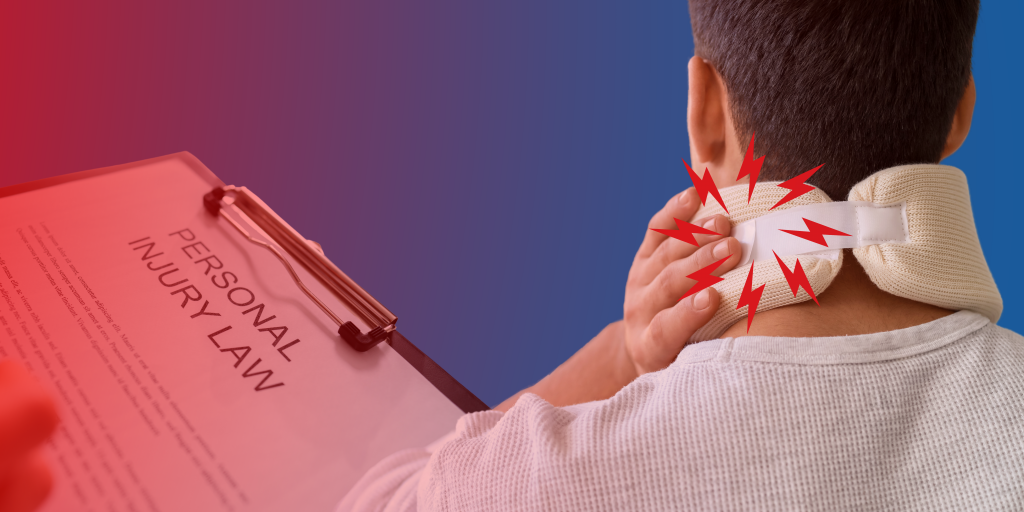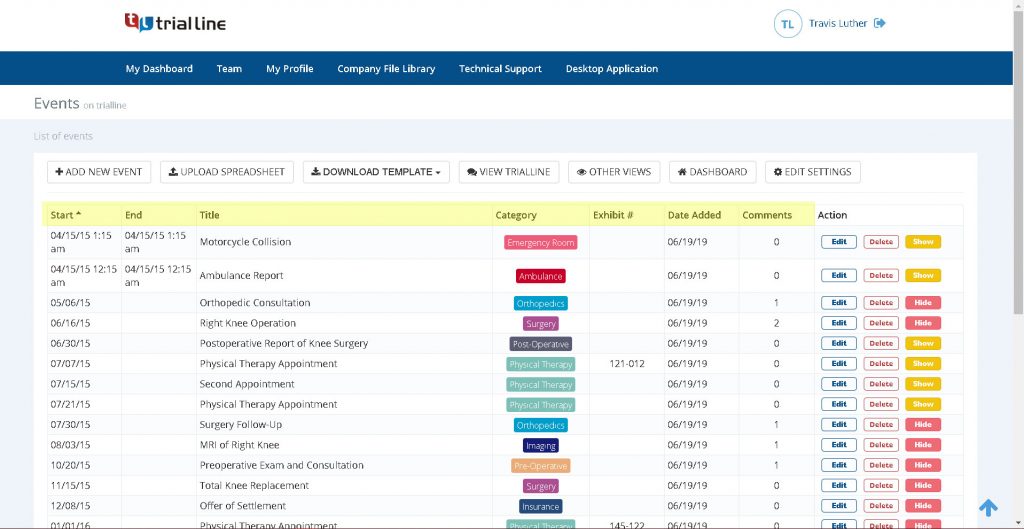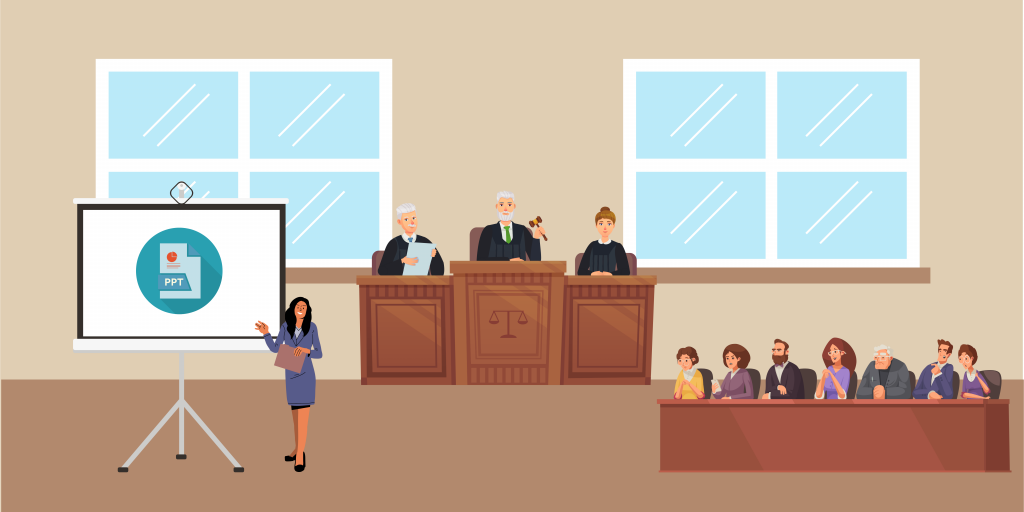Whether it’s a car accident or a slip and fall, most people will experience an injury-causing incident at some point in their lives. While not every mishap warrants legal action, you may have a valid personal injury claim if another person or entity is legally responsible for your harm.
A legal remedy for physical harm can be pursued through a personal injury lawsuit in court or by filing an insurance claim with the at-fault party’s insurer (sometimes with your insurer). Both actions allow you to seek compensation for damages, covering all your losses from the accident and resulting injuries. This includes bills, lost income, “pain and suffering”, and other related losses.
To better understand the stages of a personal injury lawsuit, here’s a breakdown and how your personal injury attorney can use legal timeline software to manage your case.
Common Types of Incidents & Legal Claims

Most of us are concerned about our safety and the compensation we deserve if we are harmed. We prepared a table that will help you understand common incidents where you might need to file a claim, and what type of compensation you could be eligible for. This will also explore the potential liability of the other party involved.
| Types of Case | Typical Cause of Action | Usual Liable Party | Source of Compensation |
| Car Accident | Driver’s Negligence | At-fault driver | Insurance Claim/ Civil Lawsuit |
| Slip and Fall (Premises Liability) | Property Owner’s Negligence | Property owner | Insurance Claim/ Civil Lawsuit |
| Medical Malpractice | Medical Negligence | Doctor/medical professional, hospital/ medical facility, or both | Doctor/medical professional, hospital/medical facility, or both
Insurance Claim/Civil Lawsuit |
| Workplace Accident | None Usually Required | Product manufacturer | Civil Lawsuit/Class Action Lawsuit |
| Defective Product | Strict Liability | Product manufacturer | Civil Lawsuit / Class Action Lawsuit |
| Assault and/or Battery | Intentional Tort | Aggressor/perpetrator | Civil Lawsuit (Insurance policies do not typically cover intentional acts) |
| Animal Attack/Dog Bite | Owner’s Negligence (Strict Liability in Some States) | Animal owner | Civil Lawsuit/ Homeowners Insurance Claim |
Requirements for Filing a Civil Case
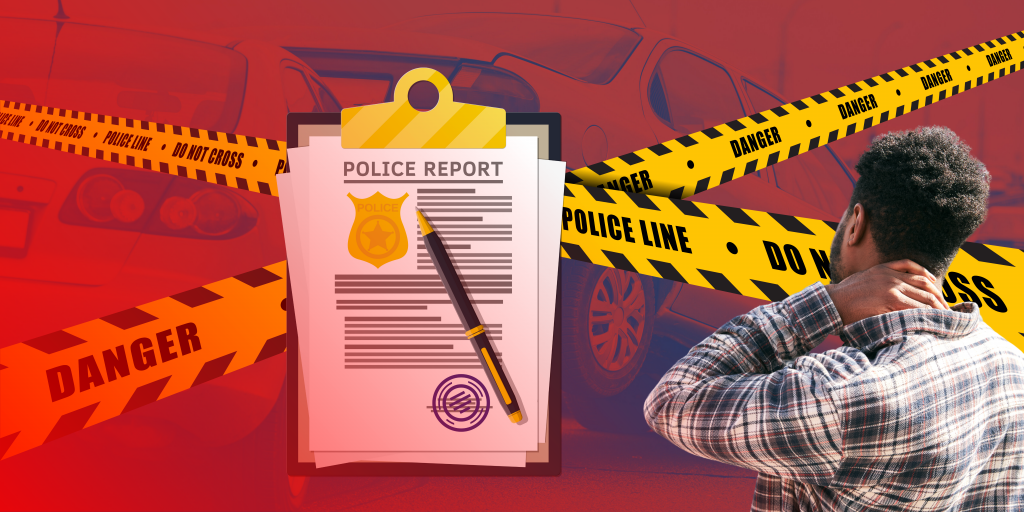
The personal injury case timeline starts with determining if you are eligible to file a claim. To pursue an injury claim, either through insurance or a lawsuit, you must prove that the person you are claiming against was negligent and that their negligence caused your injuries.
Under the law, the burden of proving fault and damages rests on the claimant. If your case goes to trial you must prove your allegations by a preponderance of the evidence, meaning it is more likely than not that your claims about the cause and extent of your injuries and the defendant’s liability are true. While it is unlikely that your case will reach the trial stage let alone a verdict, evaluating the strength of your case involves considering whether you can successfully meet this burden of proof in a personal injury case.
Keep in mind that not every injury case hinges on whether the other party is negligent, though most do. If your injury resulted from a defective product or a workplace accident, different rules apply (refer to the chart above). For instance, if you were injured on the job, you will likely need to file a workers’ compensation claim according to your state’s procedures. In most workplace accidents, the injured worker is legally barred from suing their employer.
Evidence Necessary to Prove A Claim
If your lawsuit requires proving that another party (such as the other driver in a car accident of the business owner in a slip and fall case) was negligent, what types of evidence might you need to successfully prove your case? Possible evidence includes:
- a police report detailing the circumstances and cause of the car accident
- an incident report created by a store, restaurant, or other business where the skip and fall took place
- statements from eyewitnesses describing the specifics of when, where, and how your injury happened
- photographs of the accident scene and any other evidence that may help illustrate the cause and circumstances of your injury
- records of all medical treatment related to your injury, including those from emergency services, hospital visits, physicians, physical therapists, and chiropractors
- documentation of time missed from work and records of your income to support a lost wages claim, and
- testimony from a doctor or medical expert about the cause of your injury (for example if you have a herniated disc, which can result from various factors such as the natural aging process, your doctor or another medical expert must confirm that the herniated disc was caused by the impact from a car accident or whatever incident led to your injury claim and not from a pre-existing or unrelated condition)
The Timeline of a Personal Case Injury
Personal injury cases are as diverse as the circumstances that cause them, the duration from start to finish can also vary. The timeline of a personal injury case depends on several factors:
Complexity of the Case
Cases that involve complex legal or medical issues, and multiple parties of disputed liability generally take longer to resolve.
Severity of Injuries
More severe injuries necessitate a longer recovery period, which delays the accurate assessment of total damages.
Willingness to Settle
Cases where both parties are willing to settle can be resolved more quickly than those that go to trial.
Legal and Court Delays
The efficiency of the legal process, including the scheduling of court dates, can greatly affect the timeline.
Here is a breakdown of the timeline and the estimated duration for each stage for you to stay informed on how long your personal injury case may take.
Initial Consultation to Legal Representation – Immediate to a few weeks
The process starts with the injured party consulting a personal injury attorney to evaluate the case’s merits. This step usually takes place soon after the injury occurs, following initial medical treatment. The time required to secure legal representation depends on the individual’s recovery and their search for an appropriate attorney
Investigation and Evidence Gathering- 1 to 3 months
After a personal injury lawyer is retained, they will begin a thorough investigation into the accident. This involves gathering evidence such as police reports, medical records, and witness statements, which are essential for the construction of a strong case. The length of the complexity of the case and the ease of obtaining the necessary documentation. In some cases, this phase can take significantly longer.
At this stage, attorneys can use personal injury case management software to collect evidence and organize it for presentation as the case advances.
Medical Treatment and Recovery- Varies significantly
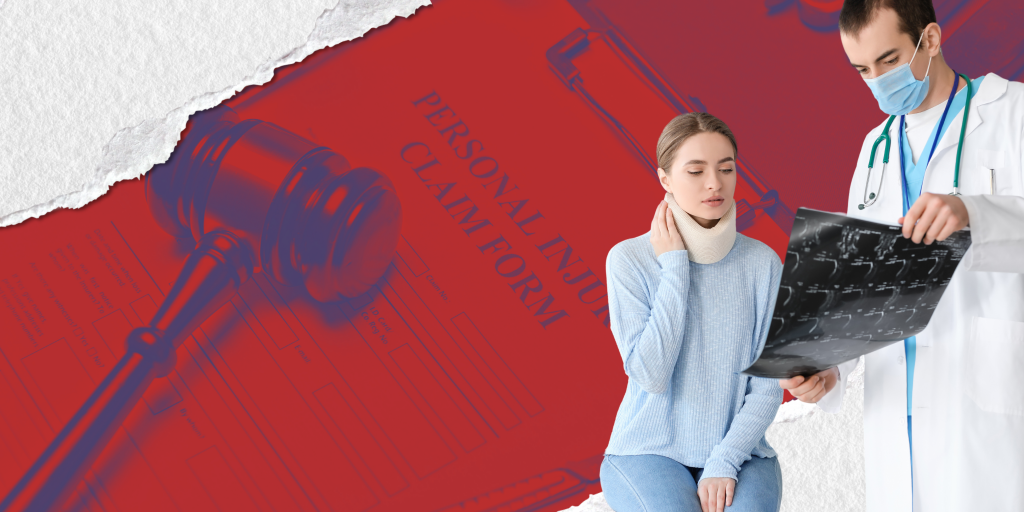
The duration of this phase is highly variable, depending on the severity of the injuries and the injured party’s recovery progress. Achieving “maximum medical improvement” (MMI) is crucial before settling the case or going to trial as MMI offers a clearer understanding of total medical expenses and the long-term effects of the injuries. This phase can last from a few months to several years. In severe cases, doctors may need to testify about the potential future impact of the injuries.
With case timeline or case management software for personal injury attorneys, medical professionals can input their statements and medical records directly into the software, helping strengthen the case.
Demand and Negotiation – Varies
Once the damages have been assessed, your attorney will send a demand letter to the defendant’s insurance company, detailing the injuries, liability, and other compensation requested. The negotiation phase begins, during which both parties discuss a possible statement. This phase can be relatively short, spanning a few weeks to a few months, depending on the insurance company’s willingness to settle and the negotiated compensation amount.
At this stage, the collected statements, evidence, and medical records in the case management software for personal injury can be used to establish eligibility for compensation.
Filing a Lawsuit- 1 to 2 years (or more)
If negotiations do not lead to a satisfactory settlement, the next step is to file a lawsuit. The timeline extends significantly at this stage due to the procedural aspects of the legal process, including the discovery phase (exchange of evidence), pre-trial motions, and potentially, the trial itself. The duration of the lawsuit phase can vary greatly, ranging from a year to several years, depending on the court’s schedule, the complexity of the case, and any delays or continuances.
Trial-Several days to several weeks
If the case goes to trial, it can last from a few days to several weeks. Trials are inherently unpredictable, and their duration depends on the number of witnesses, the complexity of the evidence presented, and the legal arguments each side makes.
During the trial, attorneys can utilize the data gathered in all previous stages of the pre-trial process. This includes evidence collection, recovery period documentation, demand letters, and negotiation records. When all this information is stored in a case timeline software, it can be effectively presented in court, increasing the chances of a favorable outcome.
Appeal Process- 1 to 2 years
Either party may decide to appeal the trial court’s decision, which can further extend the case timeline. The appeal process involves submitting briefs to the appellate court and presenting oral arguments, potentially adding another year or more to the case’s duration.
While some cases may settle within a few months, others can take several years to conclude, especially if they go to trial. For plaintiffs, understanding the stages of the process and maintaining realistic expectations can help manage the uncertainty and stress that often accompany personal injury cases.
Personal Injury Case Management with TrialLine

Managing a personal injury case involves organizing, tracking, and handling all aspects of a claim. This process includes gathering evidence, managing medical records, negotiating settlements, and preparing for trial if necessary. Effective case management is crucial for achieving favorable outcomes and ensuring all legal requirements are met. With TrialLine, personal injury lawyers can navigate these challenges efficiently.
TrialLine is a cloud-based tool designed for mediation, trial presentations, and storytelling, offering law firms and attorneys maximum insight into their cases. Personal injury attorneys and medical professionals can easily collaborate using TrialLine, creating detailed timelines from incidents to medical interventions. Medical professionals can attach medical records, and notes, and provide statements to enhance the case timeline. Attorneys can use these medical records and events to advance the case and strengthen negotiations and arguments, should the case go to court.
To learn more about using TrialLine, sign up for free and schedule a demo with one of our experts!
Disclaimer: The information provided on this website does not, and is not intended to, constitute legal advice; instead, all information, content, and materials available on this site are for general informational purposes only. Information on this website may not constitute the most up-to-date legal or other information.

